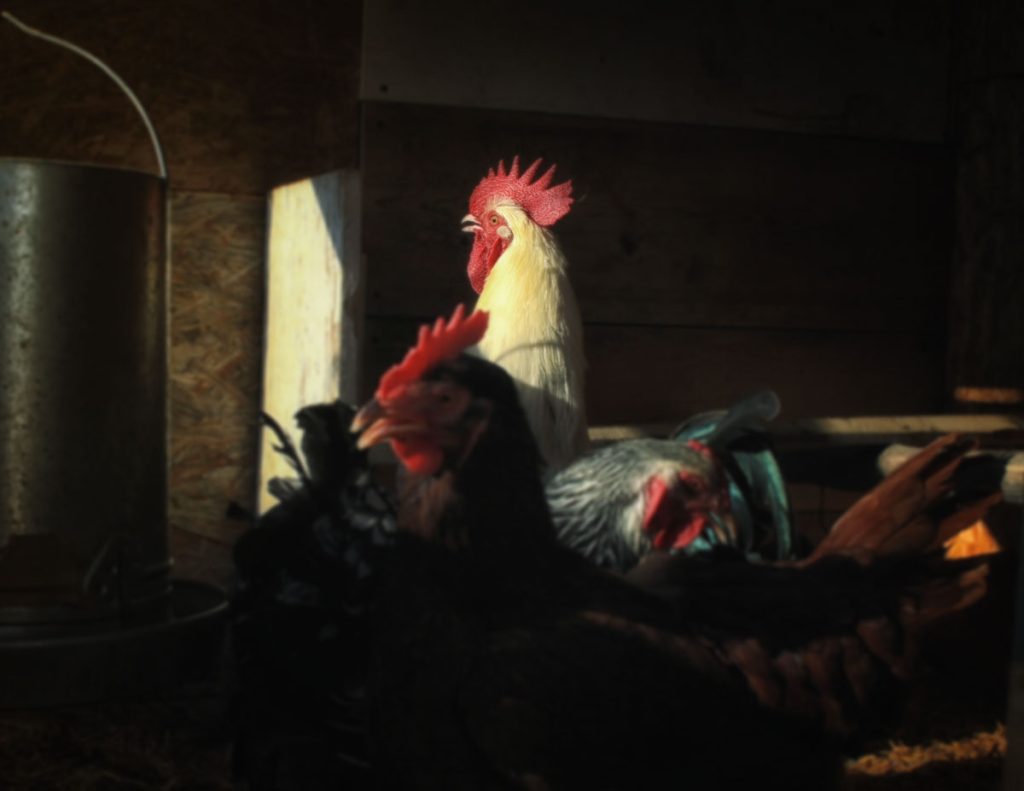
A new outbreak of avian flu was first reported in the U.S. in January 2022. By October close to 50-million birds have been affected by the virus, including aquatic birds, commercial poultry and backyard and hobbyist flocks, according to the Center for Disease Control (CDC). As of this writing, one case was reported in New Mexico by a backyard poultry enthusiast in Bernalillo County.
Fall migration complicates containment of the virus, as wild birds spread the disease quickly. By the time sick birds are noticed, many have already flown on to their next destination. This strain of the virus, H5N1, is especially contagious and has caused 3,000 outbreaks across dozens of countries within the last year. Though human infection is extremely rare (two cases globally have been reported, one in the United Kingdom and one in the United States), the World Health Organization describes avian influenza as a “ticking time bomb” as it could potentially mutate into a virus capable of infecting humans and other animals on the scale it already does with birds. The 1918 Spanish flu that killed 675,000 people in the United States was caused by a H1N1 virus spread by birds.
Waterfowl are particularly susceptible to the virus and act as vectors when they fly over domestic or commercial flocks and come into contact with or leave droppings in a shared water supply. The New Mexico Department of Agriculture recommends commercial farmers secure their coops to ensure wild birds and rodents can’t access their flock. Feed and water should be kept in an area where aerial droppings from wild birds won’t land in it. If you’ve been in contact with areas frequented by waterfowl, for example wetlands and marshes, change your clothes and shoes before coming into contact with your flock.
Backyard birders can do their part by cleaning out bird feeders with a diluted bleach solution (nine parts water to one part bleach) on a regular basis and monitoring their backyard visitors for signs of the flu: lethargy, discharge from the eyes and nose, sneezing, diarrhea, and swelling around the eyes, neck, and head. Backyard feeders should be immediately removed if an infected wild bird is spotted.
Successful Farming reports that 47 million domestic birds have died from this flu since February, contributing to higher prices for eggs, chicken, and turkey meat. This virus can upend smaller family operations and send ripples through the entire supply chain. If you notice sick birds in your domestic flock or wild birds exhibiting symptoms, contact New Mexico’s State Veterinarian at (505) 841-6161.
Author
-

Bryce Flanagan moved from Sacramento, CA to Taos County in 2016, and has lived in Questa for two years. He's passionate about the unique and beautiful wildlife of our state and is a regular contributor to the Questa Del Rio News.
View all posts


